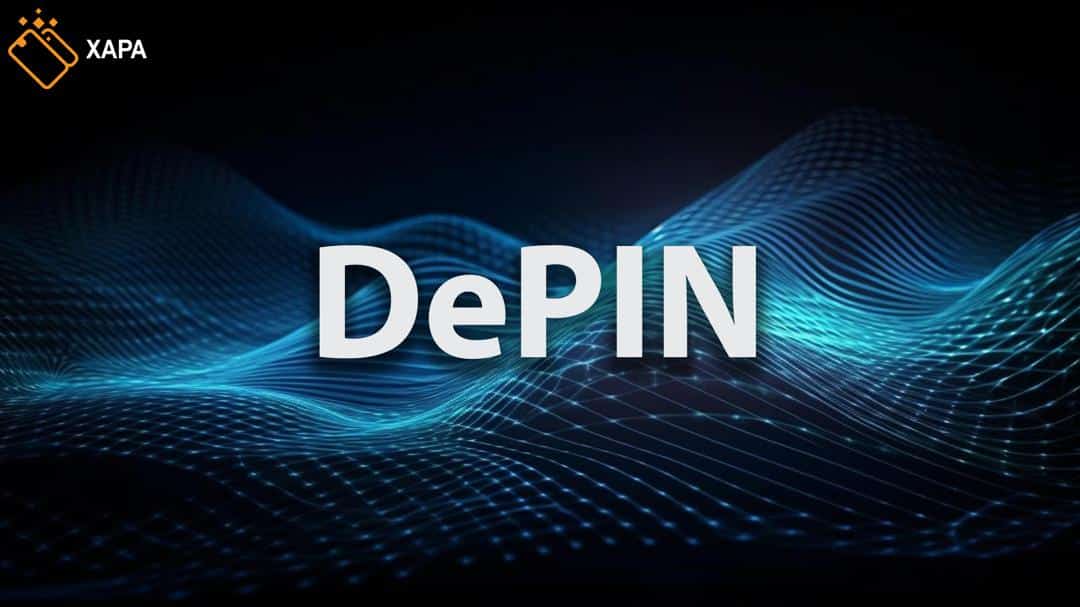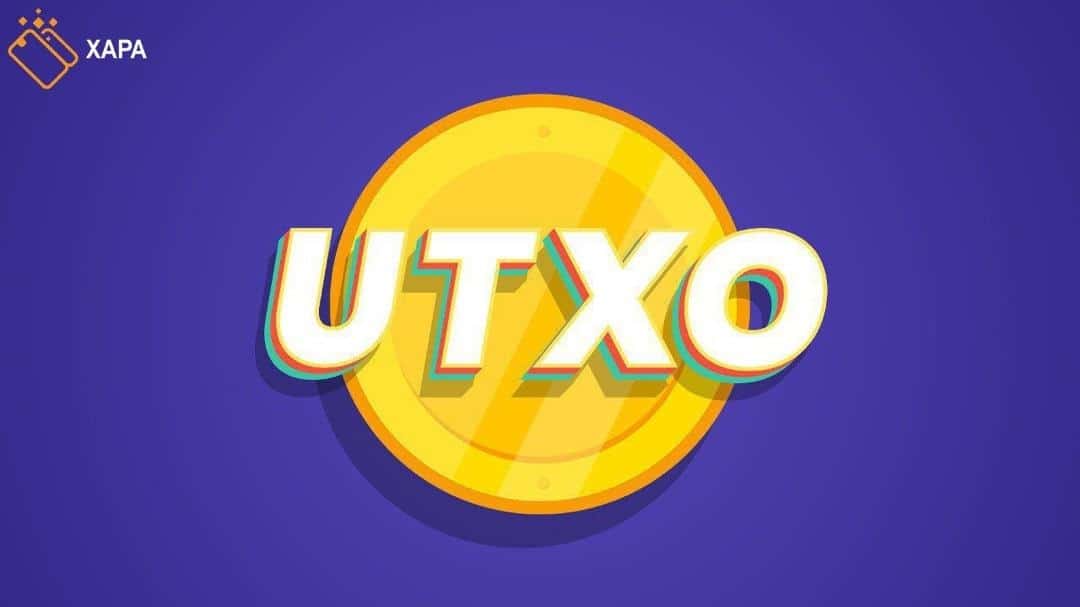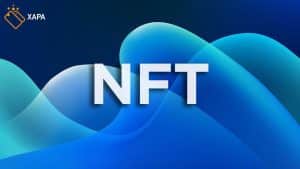
The Role of Web3 In Decentralization and NFTs!
Step by step, one of mankind’s most significant inventions, the internet is evolving into its third iteration: Web3. Using blokchain technology, Web3 aims to revolutionize the way we use the internet by incorporating decentralization. Web3 advocates believe that it will alter the internet just the way cryptocurrencies, and particularly Bitcoin, changed the financial paradigm. In order to fully understand Web3, let’s first take a look at Web1
and Web2.
Web1: Web1 is in fact what we now call the early days of the internet. Web1 could only allow users to consume internet content, and nothing particularly more. It was not designed to let people interact with the public because websites were static and non-interactive. As a result, users were only able to send one-way messages and emails.
Web2: Web2 is the internet as we know it today. With Web2, unlike Web1, things got much easier. People can create their own content, interact with other users either by commenting or reacting to content. Web2’s ability to let users interact in ways previously not possible allowed developers to create social media networks and interactive sites, including Instagram, Facebook, Twitter, Reddit, etc.
Considering all the advantages Web2 holds over its predecessor, it seems to be quite complete and flawless. So what is not to like? Well, the fact is despite all the facilities it has to offer, there are still some things that need to be addressed.
Today, people are concerned over personal data usage and internet privacy more than ever. As discussed in previous articles, user data, is unfortunately controlled by major social media platforms, websites and web browsers to a large extent. However, Web3 is considerably more censorship resistant and transparent as in the more democratic future version of the internet, it is people who have control over both user data and internet architecture.
The whole point in replacing Web2 with Web3 is that it is designed in a way that it completely erases centralized entities, and therefore, there is no need to place trust in a third party. It is open to all. Last but not least, in the case of NFTs, Web3 can also make full use of their many blockchain characteristics. With Web3, it is no longer a third party that provides service when you want to register or sell an address, and instead of using
a centralized database called the Domain Name Service (DNS), Web3 allows you to link your domain to your crypto wallet using Ethereum Name Service (ENS) and Crypto Name Service (CNS).
The promises of decentralization and an open-to-all internet are sure to make this migration even more dramatic than the Web1-Web2 transition.
Follow Xapa on social media and stay tuned for more!






Robertbiafe
They’re reshaping international pharmaceutical care.
where to buy generic lisinopril for sale
Read now.
BryanDraph
A modern pharmacy with a traditional touch of care.
how to buy generic cipro pills
Their loyalty points system offers great savings.
BryanDraph
Stellar service in every department.
cost of cheap cytotec without prescription
Their online refill system is straightforward.
BryanDraph
Read here.
lisinopril atc
Global expertise that’s palpable with every service.
Utwórz darmowe konto
Can you be more specific about the content of your article? After reading it, I still have some doubts. Hope you can help me.